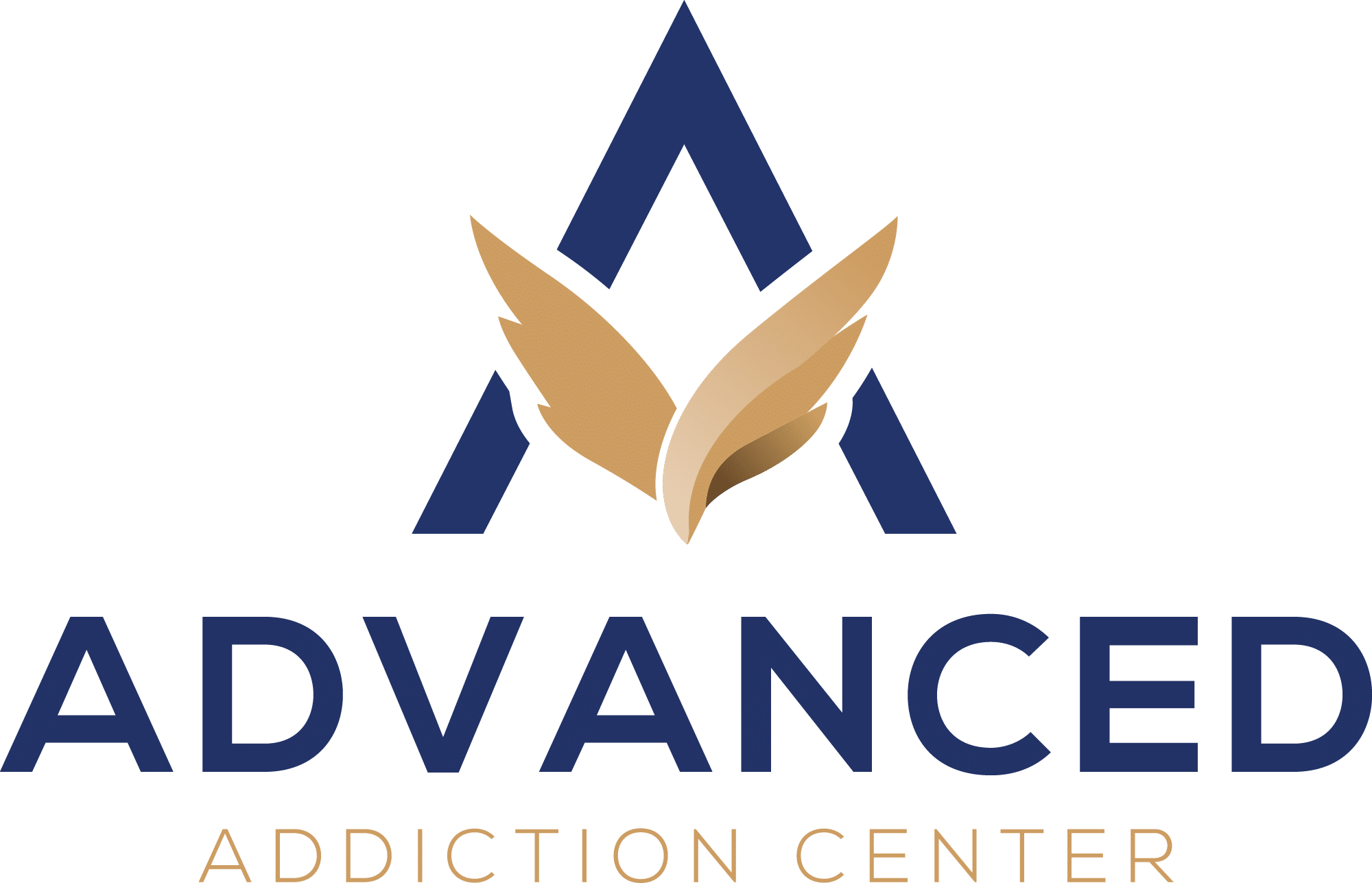Understanding Gabapentin
Gabapentin Abuse and Addiction: A Growing Concern in Massachusetts. Gabapentin is a commonly prescribed medication used to treat seizures and certain types of pain caused by nerve damage. It belongs to a class of drugs called anticonvulsants, which work by calming down overactive nerves in the brain.
How Gabapentin Works
Gabapentin works by mimicking the effects of a natural substance in the body called GABA (gamma-aminobutyric acid). GABA is a neurotransmitter that helps regulate nerve activity. By binding to specific channels in nerve cells, gabapentin reduces the release of certain chemicals that can cause seizures or amplify pain signals.
Uses of Gabapentin
Gabapentin has several approved uses, including:
- Seizure control: It is primarily used to manage partial seizures in individuals with epilepsy.
- Nerve pain relief: Gabapentin is effective in treating conditions such as post-herpetic neuralgia (pain following shingles) and diabetic neuropathy (nerve damage due to diabetes).
- Off-label applications: In addition to its approved uses, gabapentin may also be prescribed for anxiety disorders, hot flashes associated with menopause, and restless leg syndrome.
Gabapentin and Controlled Substance Classification
Unlike some other medications used for pain management, gabapentin is not classified as a controlled substance at the federal level in the United States. This means that healthcare providers can prescribe it without the same restrictions that apply to drugs with higher abuse potential.
The decision not to classify gabapentin as a controlled substance was based on its initial development as a safer alternative to more addictive pain medications. Early clinical trials indicated that gabapentin had a relatively low potential for abuse compared to opioids, which are highly addictive.
However, recent evidence suggests that this classification may need to be reevaluated. There have been reports of increasing misuse and recreational use of gabapentin in certain populations. As a result, some experts believe that it may be necessary to reconsider its status as an unregulated medication.
The lack of strict regulations surrounding gabapentin prescriptions could contribute to its widespread availability and potential for misuse.
The Rise of Gabapentin Abuse in Massachusetts
Massachusetts has witnessed an alarming surge in gabapentin prescriptions, with a 267% increase from 2012 to 2016. This dramatic rise translates to approximately 3.5 million prescriptions written in 2016 alone, marking a significant shift in prescribing patterns across the state.
The intersection between gabapentin misuse and opioid addiction has become increasingly evident in Massachusetts communities. Local treatment centers report that 89% of patients with opioid use disorders have used gabapentin non-medically. A notable case in Boston revealed a pattern where individuals actively sought gabapentin prescriptions from multiple providers to enhance the effects of opioids.
Several factors unique to Massachusetts have contributed to these rising abuse rates:
- Easy Accessibility: Gabapentin’s non-controlled status has historically made it easier to obtain through legitimate prescriptions
- Prescription Practices: Healthcare providers often prescribe gabapentin as a supposedly safer alternative to opioids for pain management
- Limited Monitoring: The absence of mandatory prescription tracking systems specifically for gabapentin has created surveillance gaps
- Knowledge Gaps: Many healthcare providers remain unaware of gabapentin’s abuse potential, leading to less stringent prescribing practices
Recent data from Massachusetts poison control centers indicates a 40% year-over-year increase in gabapentin-related calls since 2015. These statistics highlight the growing concern among public health officials and healthcare providers about the medication’s misuse potential.
This issue is further complicated by the fact that substance abuse in the elderly is becoming more prevalent, with many older adults being prescribed gabapentin for legitimate medical reasons. Unfortunately, this demographic may be particularly susceptible to the misuse of such medications, given their potential for dependency and addiction.
Patterns and Indicators of Gabapentin Addiction
Healthcare professionals across Massachusetts report distinct patterns of gabapentin abuse, with users often combining it with other substances to enhance effects. The most common abuse method involves mixing gabapentin with opioids, creating a dangerous synergistic effect that amplifies the risk of overdose.
Key Abuse Methods:
- Crushing and snorting tablets for faster absorption
- Taking multiple doses simultaneously
- Combining with alcohol or benzodiazepines
- Using gabapentin to potentiate opioid effects
Physical Signs of Addiction:
- Increased tolerance requiring higher doses
- Severe withdrawal symptoms including:
- Anxiety and agitation
- Tremors and sweating
- Insomnia
- Nausea and vomiting
- Potential seizures
Behavioral Red Flags:
- Doctor shopping to obtain multiple prescriptions
- Requesting early refills
- Claiming lost or stolen medication
- Exhibiting hostility when questioned about usage
- Resistance to dosage changes
- Seeking prescriptions from emergency departments
Massachusetts healthcare providers note that patients with gabapentin addiction often display heightened anxiety about their next dose and may exaggerate pain symptoms to secure prescriptions. These individuals frequently resist alternative treatment suggestions and may become defensive when discussing their medication use patterns.
If you or someone you know is struggling with gabapentin addiction, taking that first step toward overcoming it can be transformative. The Advanced Addiction Center in Massachusetts is here to help. They provide essential strategies for managing triggers and maintaining sobriety, which can be instrumental in navigating the challenges of sobriety.
Public Health Implications and Healthcare System Response in Massachusetts
Massachusetts healthcare systems are under increasing pressure due to the rise in emergencies related to gabapentin. Since 2019, emergency departments have seen a 30% increase in visits related to gabapentin, which is putting a strain on medical resources throughout the state.
The Impact on Healthcare Resources
The strain on healthcare resources is evident in several critical areas:
- Longer Wait Times in Emergency Rooms: Patients who need immediate care are experiencing delays because of cases involving gabapentin overdose.
- More Ambulance Deployments: Emergency services are reporting a 40% increase in calls related to incidents involving gabapentin.
- Challenges in Allocating Resources: Hospitals are having to redirect staff and beds to handle cases involving gabapentin.
A recent incident at Boston Medical Center brought these challenges to light when multiple patients overdosed on gabapentin and arrived at the same time. This forced the facility to implement emergency protocols and send other patients to nearby hospitals.
Initiatives by the Massachusetts Department of Public Health
In response to these public health challenges, the Massachusetts Department of Public Health has launched several initiatives:
- Implementation of real-time systems for tracking overdoses
- Development of specialized training programs for emergency responders
- Creation of rapid response teams for crises involving gabapentin
Specialized Training for Healthcare Providers
Healthcare providers are now receiving specialized training to help them identify patterns of abuse involving gabapentin. This training includes:
- Recognizing specific behaviors associated with seeking out gabapentin
- Understanding complex interactions between gabapentin and other substances
- Learning effective intervention techniques for suspected cases of abuse
Establishment of Substance Abuse Response Units
Local hospitals have set up dedicated units to respond to substance abuse cases, which include specialists trained in managing emergencies related to gabapentin. These units work closely with addiction specialists to provide comprehensive care and prevent future incidents.
Treatment Approaches for Gabapentin Addiction: A Holistic Perspective from Treatment Centers in Massachusetts
Treatment centers across Massachusetts have transformed their approach to treating gabapentin addiction. These facilities now use a dual-focused strategy that combines evidence-based medical interventions with holistic healing methods.
Key treatment components include:
- Medical Detoxification under professional supervision
- Cognitive Behavioral Therapy (CBT) sessions, which focus on changing negative thought patterns
- Mindfulness-based stress reduction techniques
- Acupuncture for managing withdrawal symptoms
- Yoga and meditation programs
Massachusetts treatment centers create personalized recovery plans based on each patient’s:
- Usage history
- Co-occurring conditions
- Personal circumstances
- Support system availability
Family involvement is crucial for successful recovery. Treatment facilities actively engage family members through:
- Educational workshops about gabapentin addiction
- Group therapy sessions
- Support group participation
- Communication skills training
Given that substance abuse can significantly impact family relationships and dynamics, it’s essential to promote healing and support within the family unit. For more insights on this aspect, refer to the article on the impact of substance abuse on the family.
The aftercare support system includes:
- Regular check-ins with counselors
- Ongoing support group meetings
- Relapse prevention planning
- Life skills development
- Career counseling services
Leading treatment centers report higher success rates when implementing these comprehensive approaches. Patients who participate in both traditional and holistic therapies show improved engagement in their recovery journey and decreased rates of relapse compared to those receiving conventional treatment alone.
In addition to CBT, some centers are also exploring other therapeutic methods such as Dialectical Behavior Therapy (DBT) which has shown promise in treating various types of addiction by providing patients with new skills to manage emotions and reduce self-destructive behaviors.
Moreover, understanding the neurobiological aspects of substance addiction can further enhance the effectiveness of these treatment strategies by tailoring them to address specific brain changes associated with addiction.
Strategies for Prevention and Intervention: A Collaborative Effort Between Healthcare Providers and the Community
Healthcare providers play a critical role in preventing gabapentin abuse through systematic monitoring practices. These practices include:
- Regular review of patient prescription history
- Documentation of all dosage changes
- Implementation of drug screening protocols
- Risk assessment evaluations before prescribing
Massachusetts healthcare providers are implementing structured communication protocols with patients receiving gabapentin prescriptions. These protocols include:
- Clear explanation of medication effects
- Discussion of potential risks
- Setting expectations for prescription renewals
- Establishing boundaries for early refill requests
Patient education stands as a cornerstone of prevention. Healthcare providers now dedicate time to:
- Explain proper dosage and administration
- Discuss potential side effects
- Identify warning signs of dependency
- Share safe storage and disposal methods
Community pharmacists strengthen prevention efforts by:
- Tracking prescription patterns
- Alerting prescribers to potential red flags
- Providing patient counseling
- Maintaining communication with healthcare teams
Local healthcare networks have established collaborative monitoring systems to track prescription patterns and identify potential misuse. These systems help providers:
- Share relevant patient information
- Coordinate care between specialists
- Monitor prescription filling patterns
- Implement early intervention strategies
The integration of electronic health records enables real-time monitoring of prescriptions, creating a more robust system for identifying and preventing potential abuse patterns.
Conclusion: Towards a Safer Future Without Gabapentin Abuse in Massachusetts
The fight against gabapentin abuse in Massachusetts requires immediate action and ongoing efforts from everyone involved in our healthcare system. We need to expand research initiatives to understand new patterns of abuse and develop targeted strategies for intervention. Healthcare providers also need strong support systems to identify patients at risk and implement effective monitoring protocols.
Key priorities for Massachusetts communities:
- Strengthening prescription monitoring programs
- Developing innovative treatment approaches
- Building awareness through community education programs
- Creating support networks for affected individuals and families
You can make a difference by:
- Staying informed about gabapentin risks and warning signs
- Speaking openly with healthcare providers about concerns
- Supporting local addiction prevention initiatives
- Sharing accurate information within your community
Reducing gabapentin abuse requires a collective effort. Each step we take today will help create a safer future for Massachusetts residents affected by this growing health crisis.








